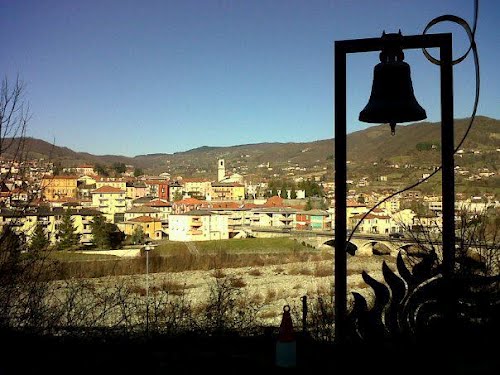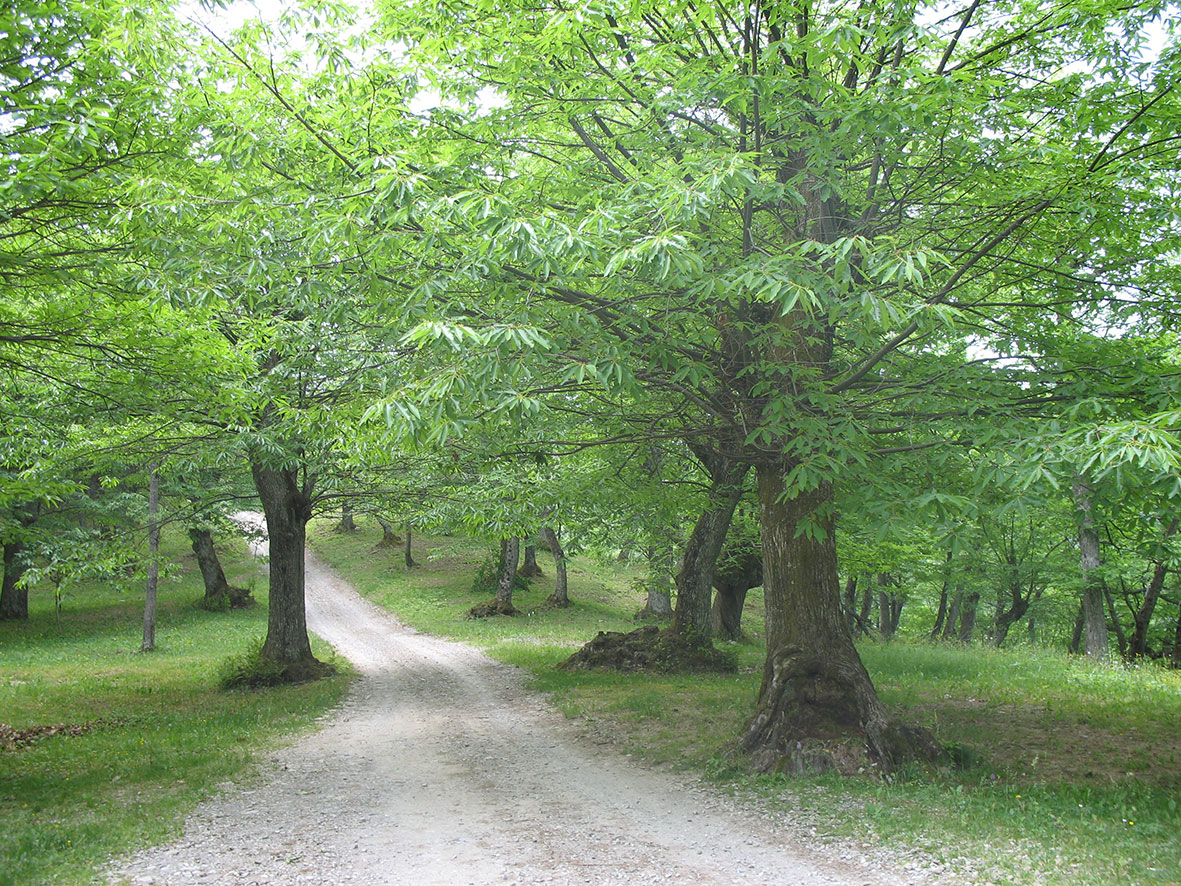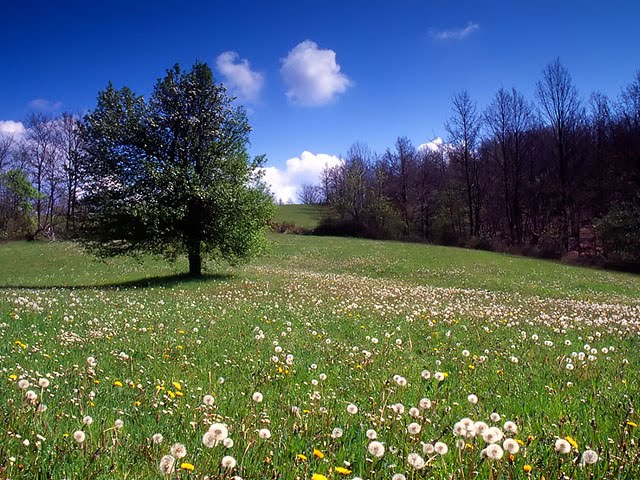
Oasi WWF dei Ghirardi, Borgo Val di Taro, Via del Chestnut tree
This post is also available in:
 Italiano (Italian)
Italiano (Italian)
Borgo Val di Taro is not only the county seat of valle del Taro, but also the county of porcine mushrooms, which is abundant in the woods of the area. The boundary walls of the borgo hosts the church of patron Sant’Antonino, which was built in 1644-1667, the elegant Tadiani palace dating back to the 16th century and the palaces of the same periods with their frescos and plasters, one of them is Boveri palace with numerous emblems and title blocks on the façade.
In September, the borgo and numerous other villages, host the mushrooms’ festival with typical products of the area made with porcino mushrooms.
Not far away from Borgo Val di taro there is Oasi WWF dei Ghirardi: it occupy 600 hectares of lawns, forests and streams and it hosts numerous animal, plant and mushroom species, rare habitats and an enchanting landscape. Among the vegetal-arboreal species, there are lindens (Tilia spp.), downy oaks (Quercus pubescens), Quercus petraea, Quercus robur, Carpinus betulus, Acer opalus, wild cherries (Prunus avium) and florentine apple trees (Malus florentina). Among the herbal species, Gentianella ciliata, Erica arborea and Serapias neglecta.
The fauna is varied too and includes roe deer, boars, fallow deers, foxes, martens, squirrels, porcupines. 78 species of birds nest here, such as short toed eagles, goshawks, buzzards, sparrow hawks, owls, tawny owls, barn owls, woodcocks, hawfinches, thrushes, bee-eaters, goatsuckers. Reptiles and amphibians are present like green lizards, smooth snakes, three-toed skink, apuan and cresting newts.
The chestnut tree road is an interesting path with a naturalistic, landscape and historical-testimonial character. Part of the council road dei Vighini, between the localities Carlinetti and Vighini, in the fraction of Pontolo. The group of houses Vighini presents important architectural and historical characteristics, since it refers to a really ancient nucleus, which had already been mentioned in writings of 1300. The chestnut tree road crosses wide lawns and pastures and majestic fruit chestnut tree woods (Castanea sativa), which were the principal nutrients of mountain people.
This post is also available in:
 Italiano (Italian)
Italiano (Italian)
Contatti
Borgo Val di Taro(PR)
0525 96796 Ufficio del turismo


